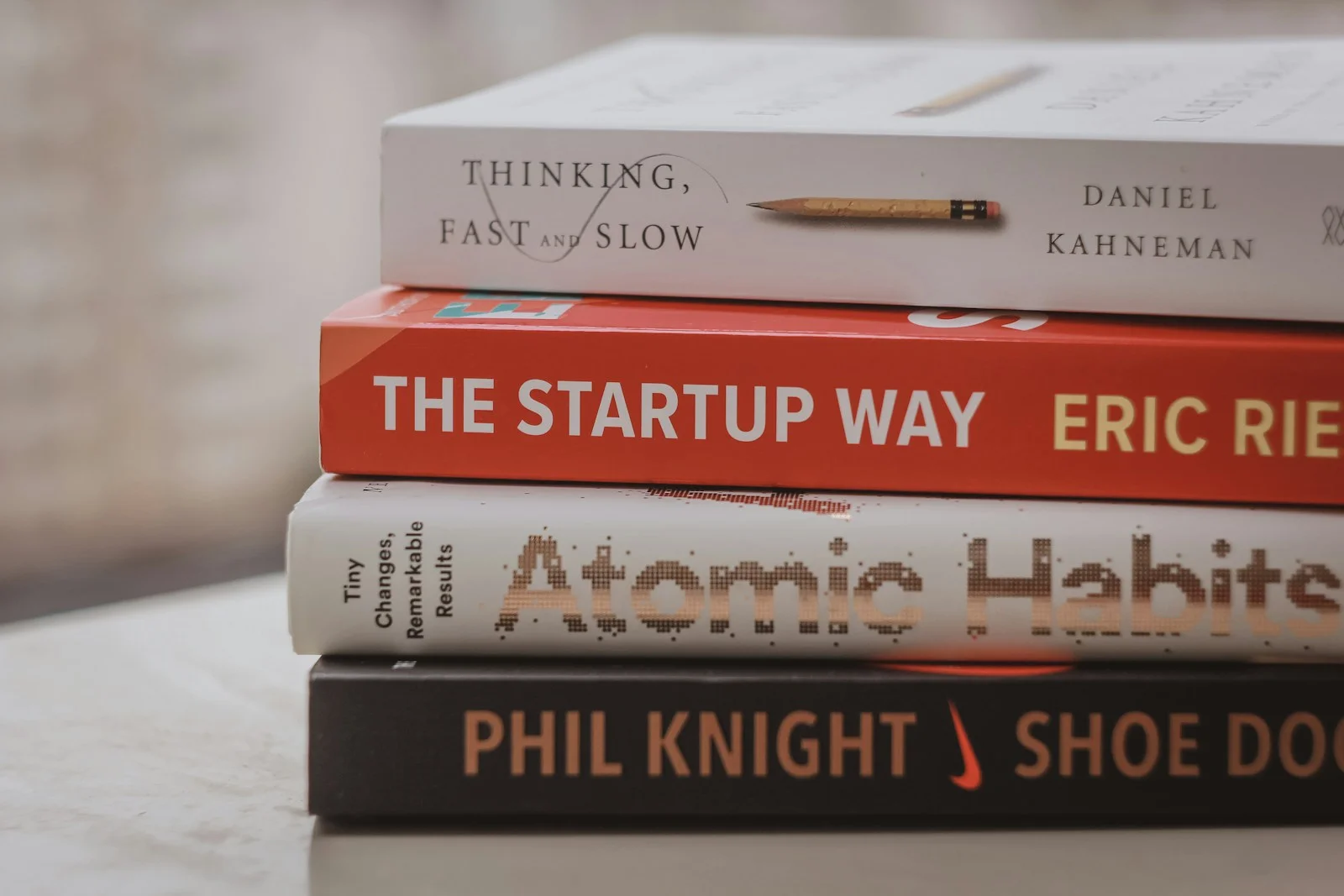When I first set out to start my own company, it all began with a nagging problem that needed solving. Like many entrepreneurs, I found myself grappling with the inefficiencies of point of sale software for small businesses. Frustration mounted until I decided to take matters into my own hands and devise a solution.
For others, the genesis of their entrepreneurial journey could be entirely different. Each of us has our unique spark—an encounter with a challenge that ignites the drive to craft a better solution. The common thread among us is the identification of a need and the determination to address it through innovation.
This journey often kicks off with what we call an MVP: a minimum viable product. Coined by Frank Robinson in 2001, an MVP represents the distilled essence of our vision—a product with the essential features required to captivate potential customers. By releasing this initial version into the world, we open the doors to invaluable feedback, which fuels our iterative process for future development.
The MVP serves a tripartite purpose: Firstly, it allows us to swiftly enter the market, minimizing time-to-market and seizing opportunities. Secondly, it serves as a litmus test, validating whether our idea resonates with real-world needs and holds promise. Lastly, it serves as a conduit for authentic user feedback, guiding us to shape subsequent iterations that closely align with customer desires—a crucial distinction from what we, as entrepreneurs, perceive they need.
What is an MVP?

Launching a Minimum Viable Product (MVP) is a crucial step in the development of any successful startup or business. An MVP, or Minimum Viable Product, represents the most basic version of a product that can be released to the market. It includes only essential features that allow the product to be deployed and used by early adopters. The primary goal of an MVP is to test, learn, and iterate based on feedback from these initial users, with minimal development cost and time.
It is important make informed decisions for future iterations. We will explore the definition of an MVP, its importance, and provide you with tips on how to find experienced developers who can create your MVP in a cost-effective way, even on a tight budget.
Understanding the MVP Concept
Launching an MVP is an exciting journey that requires careful planning and finding the right team of experienced developers. By following these tips and approaches, you can find cost-effective solutions that align with your budget while ensuring the quality and success of your MVP. Remember, the goal is to test your idea, gather feedback, and iterate, so focus on delivering value to your users while keeping costs in check.
Before diving into the process of launching an MVP, it’s important to understand what it means. An MVP is a simplified version of your product or service that focuses on delivering the core value to your target audience. It typically includes only the essential features and functionality necessary to solve the problem or address the pain points of your users.
The primary goal of an MVP is to test your assumptions, gather user feedback, and validate your product-market fit. By launching an MVP, you can minimize the risks associated with building a full-scale product, save time and resources, and make data-driven decisions based on real user insights.
The Process of Launching an MVP
Think of it as the test flight before the actual mission. An MVP lets you get your core concept out there, gather valuable feedback, and iterate before investing heavily. So, buckle up, future innovator, as we explore the process of launching your MVP!
Step 1: Define Your Mission (and Market)
Identify your pain point:
- What problem are you solving? Who are you solving it for? Crystallize your target audience and the specific issues they face.
Validate your idea:
- Is there a real need for your solution? Conduct market research, surveys, and competitor analysis to gauge interest and potential hurdles.
Step 2: Craft Your Core Experience (Prioritize ruthlessly)
Focus on essential features:
- What’s the bare minimum needed to deliver your core value proposition? Prioritize these features ruthlessly, leaving fancy bells and whistles for later.
Design for usability:
- Make your MVP intuitive and user-friendly. Remember, first impressions matter, and a clunky interface can kill an otherwise great idea.
Step 3: Build, Test, Learn (The Cycle of Awesome)
Develop your MVP:
- This could be a landing page, a prototype, or a basic functional version of your product. Remember, speed and agility are key here.
Gather feedback:
- Get your MVP in front of your target audience. Conduct user testing, collect feedback through surveys, and actively listen to their experiences.
Analyze and iterate:
- Based on the feedback, identify what works, what needs improvement, and what can be eliminated. This is where your MVP truly shines as a learning tool.
Step 4: Launch and Learn More (Go Forth and Conquer!)
Choose your launch strategy:
- Will you release publicly or offer early access to a select group? Tailor your approach based on your goals and resources.
Marketing matters:
- Generate buzz for your MVP with targeted campaigns. Utilize social media, influencer outreach, and content marketing to build excitement.
Keep learning and evolving:
- Monitor user engagement, track key metrics, and continuously collect feedback. The launch is not the finish line, but the beginning of an exciting journey of improvement.
Bonus Tips for a Stellar Launch:
Set realistic expectations:
- Remember, an MVP is not a perfect product, but a learning tool. Embrace feedback and be prepared to pivot.
Communicate transparently:
- Be honest about your MVP’s purpose and limitations. Building trust with your audience is crucial.
Celebrate small wins:
- Launching an MVP is a significant achievement. Recognize your progress and use it to fuel your continued journey.
Finding Developers for Your MVP With a Tight Budget
When it comes to finding experienced developers who can create your MVP, there are several strategies you can employ to ensure a cost-effective approach, especially if you are working with a tight budget. Here are some tips:
1. Define Your MVP Scope Clearly
Before reaching out to developers, it’s crucial to have a clear understanding of what you want your MVP to achieve. Define the core features and functionalities that are essential for your product’s initial launch. By having a well-defined scope, you can communicate your requirements effectively, which can help developers estimate the project accurately and avoid unnecessary development costs.
2. Leverage Freelance Platforms
Freelance platforms, such as Upwork, Freelancer, and Toptal, can be a great resource for finding experienced developers within your budget. These platforms allow you to browse through profiles, review portfolios, and read client reviews to find the right fit for your project. Be sure to clearly communicate your project requirements, budget constraints, and timeline to attract developers who are willing to work within your limitations.
3. Tap into Developer Communities
Developer communities, such as GitHub, Stack Overflow, and Reddit, are excellent places to connect with experienced developers who are passionate about their craft. Engage in relevant discussions, post job listings, or seek recommendations from community members. By tapping into these communities, you can find developers who may be willing to work on your MVP at a reduced rate or even collaborate on a revenue-sharing basis.
4. Collaborate with Local Coding Bootcamps
Coding bootcamps are intensive training programs that equip individuals with coding skills in a short period. Many bootcamps have projects as part of their curriculum, and students are often eager to gain real-world experience. Reach out to local coding bootcamps and inquire about partnering with their students or recent graduates who may be interested in working on your MVP at a reduced rate or even for the sake of gaining experience and building their portfolio.
5. Consider Offshore Development Teams
Offshore development teams, particularly in countries like India, Ukraine, and the Philippines, often offer competitive rates without compromising on quality. Research reputable offshore development companies or agencies that specialize in MVP development. Ensure they have a proven track record, positive client testimonials, and a transparent communication process to ensure a successful collaboration.
When leveraging an offshore development teams for your MVP, it becomes crucial to choose a partner that not only offers competitive rates and high-quality output but also brings a wealth of experience, a deep understanding of the startup ecosystem, and a proven methodology to the table. SAYGE, with its development center in India, exemplifies these virtues, making it an ideal choice for startups and entrepreneurs looking to create a market-ready MVP.
Dedicated Full Stack Developers
Hiring Full Stack developers gives businesses access to pros proficient in various technologies and frameworks. Their versatility streamlines collaboration, leading to faster development and enhanced efficiency.
Why SAYGE is Your Ideal MVP Development Partner
Selecting the right development partner is pivotal. SAYGE stands out for several reasons, from our strategic location to our specialized expertise and our commitment to agile methodologies. Here’s a deeper dive into why SAYGE’s team in India is your go-to choice for turning your vision into a viable product:
Flexibility and Adaptability
SAYGE’s adoption of Agile practices allows for unparalleled flexibility in the development process. Teams can quickly pivot based on feedback or changing market dynamics, ensuring that the MVP remains relevant and aligned with user needs. This adaptability is crucial for startups that operate in fast-paced environments where user preferences and competitive landscapes can shift rapidly.
Faster Time-to-Market
Through regular iterations and sprints, SAYGE’s Agile teams are able to launch products or features faster. This iterative process enables the continuous release of MVP functionalities, allowing businesses to enter the market sooner and start gathering valuable user feedback without delay. Faster time-to-market is a competitive advantage, especially in industries where being first can dictate market leadership.
Enhanced Collaboration and Transparency
Agile methodologies foster a high degree of collaboration among project teams and between SAYGE and its clients. This collaborative environment is supported by regular updates, reviews, and retrospectives, ensuring that all stakeholders are aligned and informed throughout the development journey. Transparency in communication and process fosters trust and facilitates a more productive partnership.
Cost-Efficiency without Compromising Quality
One of the most compelling reasons to work with SAYGE for MVP development is the balance between cost-efficiency and quality. Agile methodologies contribute to this balance by focusing on the delivery of high-value features first, minimizing waste, and optimizing resources. This approach ensures that budgets are spent wisely, maximizing return on investment without compromising the quality of the MVP.
Would you like to discuss your MVP idea?
We are a software development team with extensive development experience in the Hybrid and Crossplatform Applications development space. Let’s discuss your MVP needs and requirements to find your best fit.
Launching a Minimum Viable Product is a crucial step in the development of any successful startup or business. An MVP allows you to test your product or service idea in the market, gather valuable user feedback, and make informed decisions for future iterations. In this article, we will explore the definition of an MVP, its importance, and provide you with tips on how to find experienced developers who can create your MVP in a cost-effective way, even on a tight budget.
Best of luck with your MVP launch!


